The Romantic Road. Those three words conjure up images of fairy tales, charming hamlets, and the best villages in Germany. For years, despite numerous trips to Germany, I’ve avoided what is arguably the best known holiday route in the world.
I had a lot of preconceptions about this trip – some were true and some were just legends. One thing is for certain, The Romantic Road in Germany was a complete surprise.
At the outset, let’s be clear about one thing–I have heard all the stories of the giant motor coach buses packed with 50 people all tumbling into towns and tripping on each other’s feet. Many German guidebooks no longer even mention this famous route, or it is relegated to a small side trip from either Frankfurt, Munich, or Nuremberg.
In some guidebooks, it might be mentioned as a scenic Frankfurt to Munich drive, but that’s about it. If you believe the hype, this route was a slick 1950’s marketing initiative that is hanging on for dear life. And the Internet would have you believe that the Romantic Road Germany touring route is dead.
Rumors of the route’s demise are not well founded. Sure, there are still tons of tour companies offering the trips, mostly to older folks. And, after German, the second language along the route is quickly becoming Japanese instead of English (signs will say “Romantische Straße” or “Romantische Strasse” in German and “ロマンチックな道” in Japanese).
But the route can still hold a tremendous amount of appeal if you rent your own car and see the sites on your own. Striking out on Germany’s beautiful road system, you can cover the 255 mile (410 km) route in a nice 4-5 days. Even better, while on your own, you can miss much of the congestion of the coach tours.
How to Visit the Romantic Road
If you plan on seeing the route, you have five travel options. We’ve ranked them from easiest to most difficult.
Romantic Road by Car
The best, easiest, and most rewarding way to experience the trip is by driving yourself. This will give you a chance to explore the best small cities in Germany at your own pace.
The route is 255 miles and makes a perfect five-day drive (see our itinerary below). We encourage people who will be driving the route to use this price comparison site for your auto rental. If you decide to rent a car, we recommend getting a copy of our book, The Essential Guide to Driving Abroad, before you go.
Romantic Road Tours by Tour Companies
The very easiest way to visit is by organized tour. We rank this as second for several reasons. First, if traveling with more than two people, you’ll save money driving the Romantic Road on your own. Second, most organized tours don’t really give you a chance to explore – you’ll get 4-6 photo spots a day and a single overnight (not usually in the historic center of one of the charming towns). For many people, it is an unsatisfying experience. However, sometimes you don’t have any other options.
If you are tight on time, don’t want to hassle with a car/bus/bicycle/walk of independent travel, then a Romantic Road tour may be for you. Most tours of the Romantic Road are done as a two-day trip leaving from Frankfurt and arriving in Munich. For some reason, the opposite direction is less popular. If you want this option, we recommend this overnight tour.
Another option is to do a day trip from Frankfurt, Munich, or even Nuremberg. You can find organized day trips from Frankfurt and also day trips from Munich. If you want to travel independently, we also explore day trip options in more detail below.
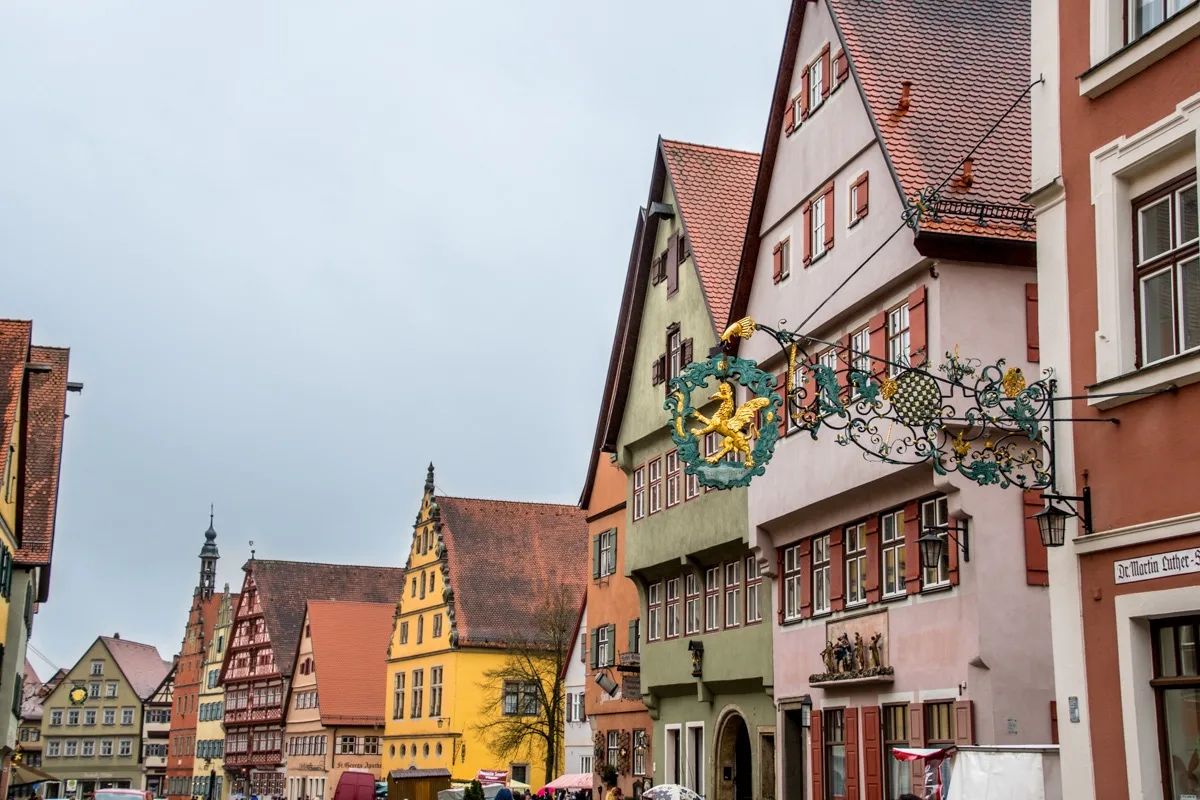
Romantic Road by Bus
From mid-April to mid-October, a private bus company called Deutsche Touring operates the Europabus (commonly called the Romantic Road Coach or Romantische Straße Bus). The bus makes completes the entire length of the route in one full 13-hour day. You can ride the bus start to finish…and you won’t see much of anything. To do this romantic route justice, you’ll need to break the trip down into a multi-day itinerary that will allow you to see some of the beautiful small towns in Germany.
For practical planning, the Romantic Road Classic Tour bus departs Frankfurt am Main at 8:00 am heading in a southbound direction. A second bus, called the Romantic Road Express, departs Fussen at 8:00 am heading in a northbound direction. Buses can fill up quickly, so be sure to book your trip in advance. The price for the one-way trip is €108 one-way, which includes a free audioguide. Round trips are offered, but aren’t really unnecessary. Just go one-way and then take the train back to your starting point. If the bus is your favored approach, you can book your bus tickets here.
The Romantic Road bus makes several photography stops along the route for pictures. The best stops are: Würzburg, Weikersheim, Rothenburg, Feuchtwangen, Dinkelsbühl, Nördlingen, Augsburg, and Wieskirche.
Romantic Road by Train
The train is a great way to see Germany. Unfortunately, the route by train is a lesson in frustration and complexity. There is not a train route the connects the entire trip. It is possible to take the train and see several sections of the road, but the entire route is impossible.
Many of the best towns in Germany are accessible via train, however, they just don’t connect together very well. Germany’s national rail service has high-speed train stops (the ICE train) in Wurzburg, Donauworth, and Augsburg, and other cities have decent connections. Because of the limited train service along the entire route, we would not recommend doing the trip by train.
Romantic Road by Bicycle
Germany has created the D9 long-distance cycle route that follows the entire length of this famous route. The ideal cycling route visits the same beautiful small cities in Germany as the self-drive itinerary or coach route, but without as much of the traffic. In fact, along parts of the route, a separate bike path parallels the road used by cars and buses. The route has been conveniently signposted along way.
If you’re serious about cycling the route, we recommend breaking the trip up into nine or ten days. At the bottom of this article, we’ve provided a cycling itinerary broken down into stages.
Romantic Road by Foot
Yes, it is possible to hike the route! Walkers on this historic route should generally follow the same route used by cyclists. A hiking trek can theoretically be done in as little as six days, we recommend taking a full 10 days to enjoy the prettiest cities in Germany which line the route.
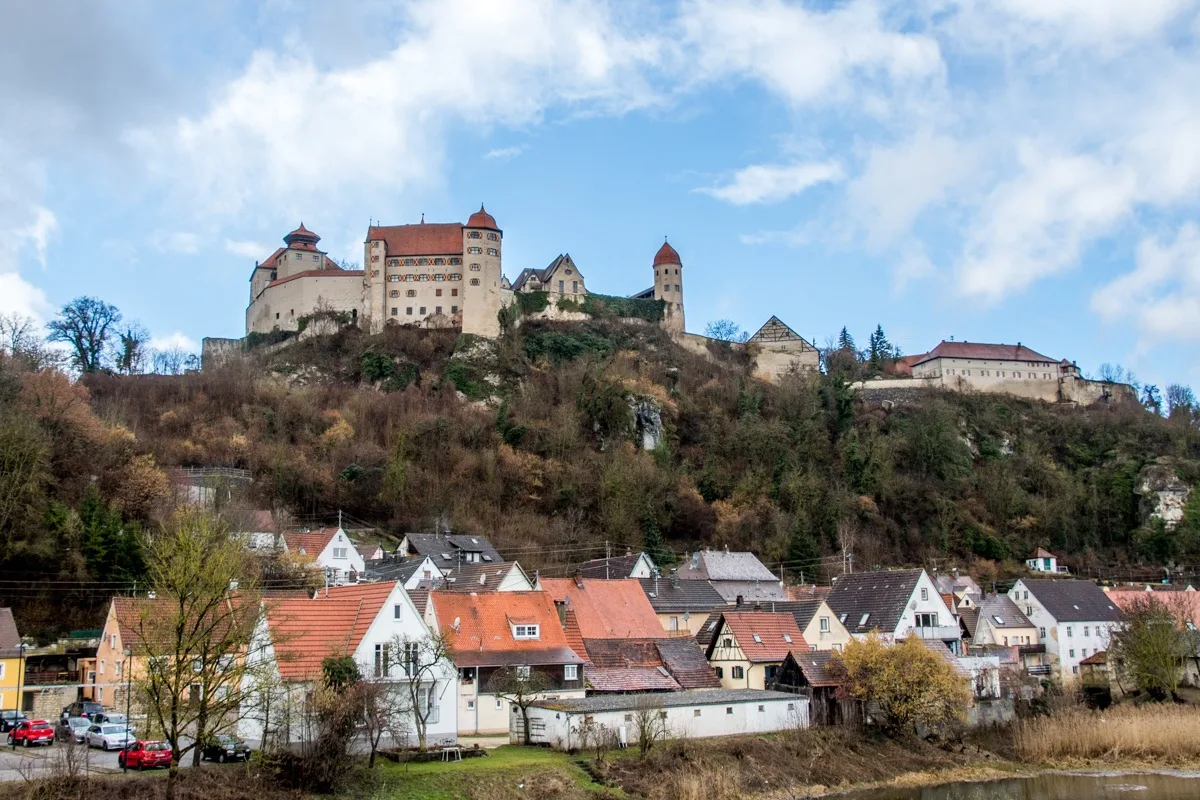
Highlights from a Romantic Road Self-Drive Trip
Nuremberg
While the route technically starts in nearby Wurzburg, we encourage travelers to visit Nuremberg before the start of their journey. As one of the biggest medieval cities in Germany with its impressive castle and imposing city walls, it’s easy to see why kingly Nuremberg was the capital of the Holy Roman Empire.
These days the city boasts the German National Museum, beautiful churches, excellent food, and easy transportation options to the rest of Germany and all of Europe. Consider making Nuremberg your base to start in the north (and Munich in the south). Read more on about it in our Nuremberg city guide.
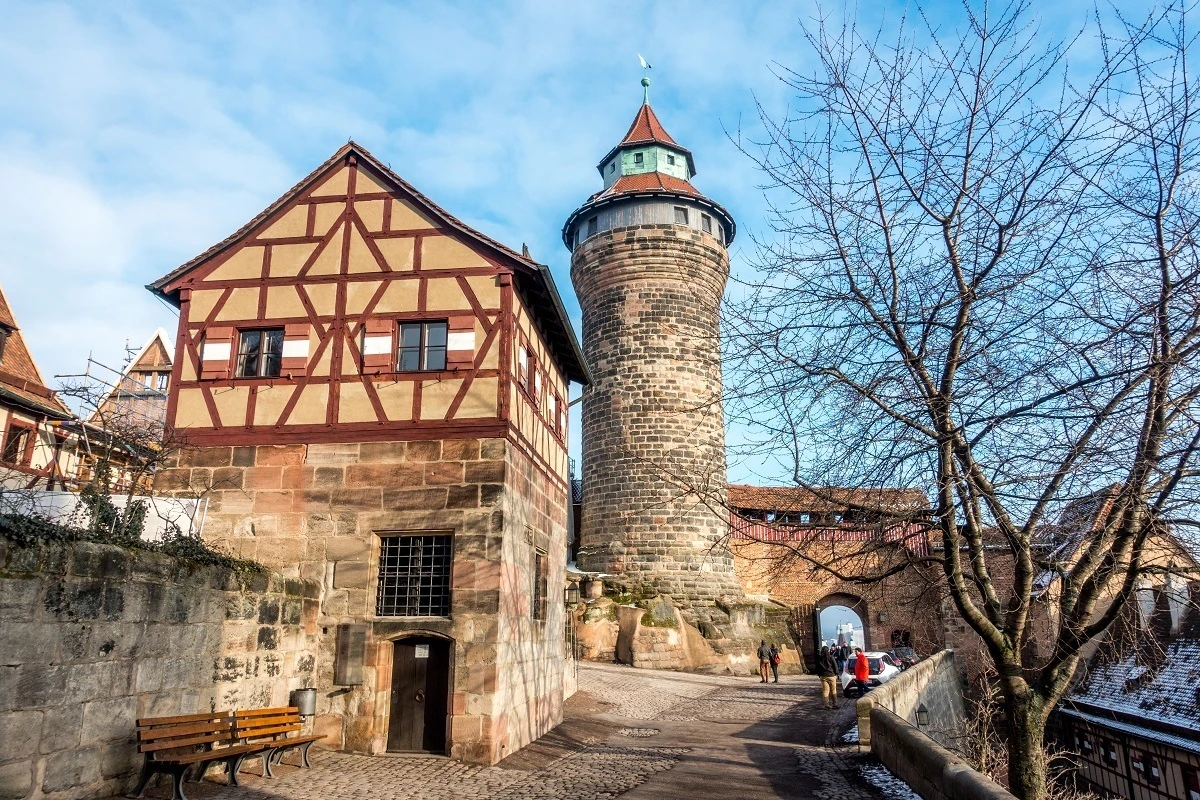
For hotel recommendations in Nuremberg, we suggest staying near at the train station at the Le Meridien Grand Hotel or the NH Collection Nurnberg City. However, there are lots of hotels in Nuremberg to chose from.
Wurzburg
Wurzburg is the official start of the trip in the north. Located half way between Frankfurt and Nuremberg on the banks of the Main River – an important trade route – Wurzburg is the heart of the Franconia wine district. The city’s compact center makes for an ideal self-guided walking tour seeing everything from the Marienberg Fortress to the Prince Bishop’s Palace (Residenz) in a half-day. I’d recommend seeing Wurzburg in the afternoon before setting off on your adventure the next day.
For hotel recommendations in Wurzburg, we recommend the castle hotel, Schlosshotel Steinburg (more details on this castle hotel below). There are lots of Wurzburg hotels to chose from.
Lauda-Konigshofen
This was the one actual disappointment. From our perspective, there’s not much to see here and the time is better spent in Wurzburg or one of the other Romantic Road towns.
Bad Mergentheim
For many visitors, Bad Mergentheim is a big hit. I’d never heard of this town until I stumbled into it. For centuries, the healing mineral waters of the town have helped restore health to visitors. The castle and museum are exceptional, and the half-timbered houses rival any we’ve seen in Germany.
The town is also known for being the home base of the Order of Teutonic Knights. Since the 12th Century, this German-Catholic organization was part crusade machine, part charity. This led to the city being one of the more wealthy cities.
In Bad Mergentheim, the hotel of choice is the DAS Central – City Boutique Hotel, but there are a few other hotels in Bad Mergentheim to chose from.
Weikersheim
This small village in Germany is defined by the Weikersheim Palace, a grand Renaissance-style palace currently used for summer concerts and other artistic performances. The entire village is surrounded by vineyards and has a large market square. It’s also skipped on a lot of tours, so if you make the effort, you can have the town to yourself.
If staying overnight Weikersheim, head to the Hotel Laurentius for the night. There are a couple of other hotels and B&Bs in Weikershim.
Creglingen
There’s not much in tiny little Creglingen except for a handful of half-timbered houses and a beautiful church. The church in Creglingen also has an altar by German-master Tilman Riemenschneider. If you don’t want to deal with the crowds in Rothenburg o.d. Tauber, you can have the chapel in Creglingen to yourself.
We also found the small shops in town to be the perfect place to do a little grocery shopping and get something to eat – all in a completely local ambiance. Creglingen doesn’t get the same number of tourists as other cities on Germany’s Romantic Road.
Rothenburg o.d. Tauber
Over two million visitors pack the streets of Rothenburg ob der Tauber every year to see one of Europe’s best preserved medieval cities. Rothenberg is certainly one of the best small towns in Germany (and definitely one of the best walled cities in Germany). The town has a number of great museums, the views from the city’s walls are magnificent, and the tasty Schneeballen pastries are a delight. Be sure to read our Rothenburg city guide.
Despite being on the wrong side of the 30 Years War, the city escaped damage, but was driven into poverty. And since there was no money for development, the town was preserved. Rothenberg is a great spot to over-night with a number of great inns and B&Bs. We recommend the Villa Mittermeier, which is located immediately outside the city walls and walkable everywhere.
Dinkelsbühl
If tiny Dinkelsbühl hasn’t been on your radar, you can be forgiven. This small town in Bavaria is about the same size as its famous neighbor Rothenburg o.d. Tauber yet receives just a fraction of the number of visitors. And it’s difficult to imagine why the town has been overlooked. It’s certainly one of the best stops on the Romantic Road!
In many ways, Dinkelsbuhl is our favorite small town in Germany! The city survived the Swedish invasion of 1632 and World War II completely unscathed. And in 1826, King Ludwig I issued a proclamation preserving the city’s buildings, city walls, and towers. There is no more beautiful and well-preserved town in Germany. It is said that there are more perfectly preserved half-timber buildings here than anywhere else in Germany!
If staying overnight in Dinkelsbuhl, we recommend checking out the Hotel Gasthaus zur Sonne, but there are several other excellent hotels in Dinkelsbuhl to chose from.
Top tip: If you are driving the route, head for the P3 Alte Promenade parking lot. You’ll have the easiest access to the center of the city, and you’ll get an excellent view of the city wall.
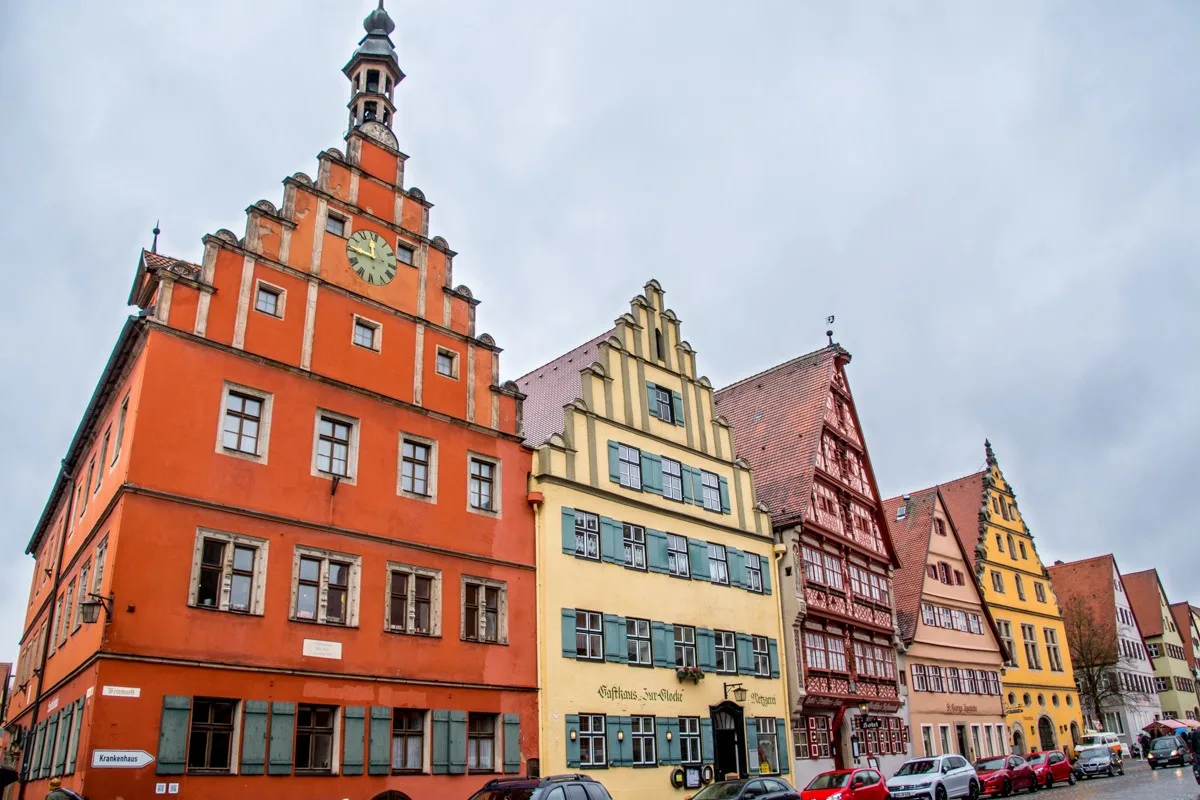
Nördlingen
The circular city of Nördlingen is one of Germany’s best walled cities. Dotted with red roofs and half-timber homes, this town is seriously cute. Visitors here flock to the St.-Georgs-Kirche (St. George’s Church), a church dating from medieval times. However, the city hides an incredible secret. Starting with the city’s foundation in the 9th century, citizens looked to the surrounding landscape for inspiration and construction materials. It was believed the city was built into a circular depression left by a volcano.
However, in the 1960s the real reason behind the city’s unique shape was discovered: the town was actually built into the 1-kilometer crater left by a meteor. When the asteroid impacted the Earth, it created a material called suevite, a rock that includes glass…and diamonds. Nordlingen is surrounded by millions of diamonds (over 72,000 tons of diamonds). Those diamonds were built into buildings. The St. George’s Church alone contains over 5,000 carats in diamonds! This makes Nordlingen one of the most unique German Romantic Road cities.
If staying overnight in Nordlingen, we recommend staying at the NH Klösterle Nördlingen because it is the most centrally located hotel. However, there are several other hotels in Nordlingen, to chose from.
Top tip: If doing a self-drive tour, head for Parkplatz Deininger Tor for easiest access to the city.
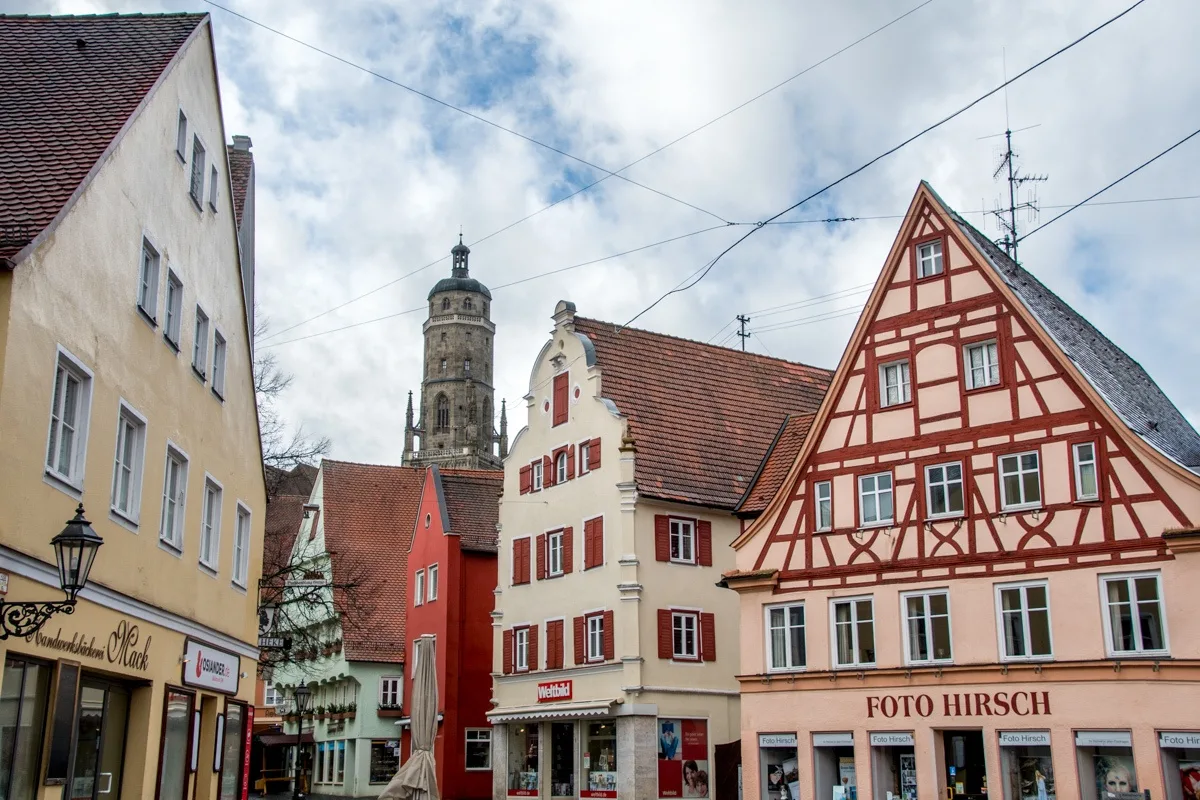
Harburg (Schwaben)
There are several towns in Germany named Harburg, bur the town Harburg (Schwaben) is the next destination for one reason: Burg Harburg. The Harburg Castle sits prominently on a ridge above the little town. Built in before 1150, the pie-shaped castle is arguably the most beautiful and overall best German castle.
In the early 2000s, singer Michael Jackson became enamored with this famous road and, more specifically, Harburg Castle. He tried to buy it, but the owners and locals weren’t having it.
Top tip: For parking, following the winding (and very, very narrow) road up behind the castle. Look for Burg Harburg in your GPS.
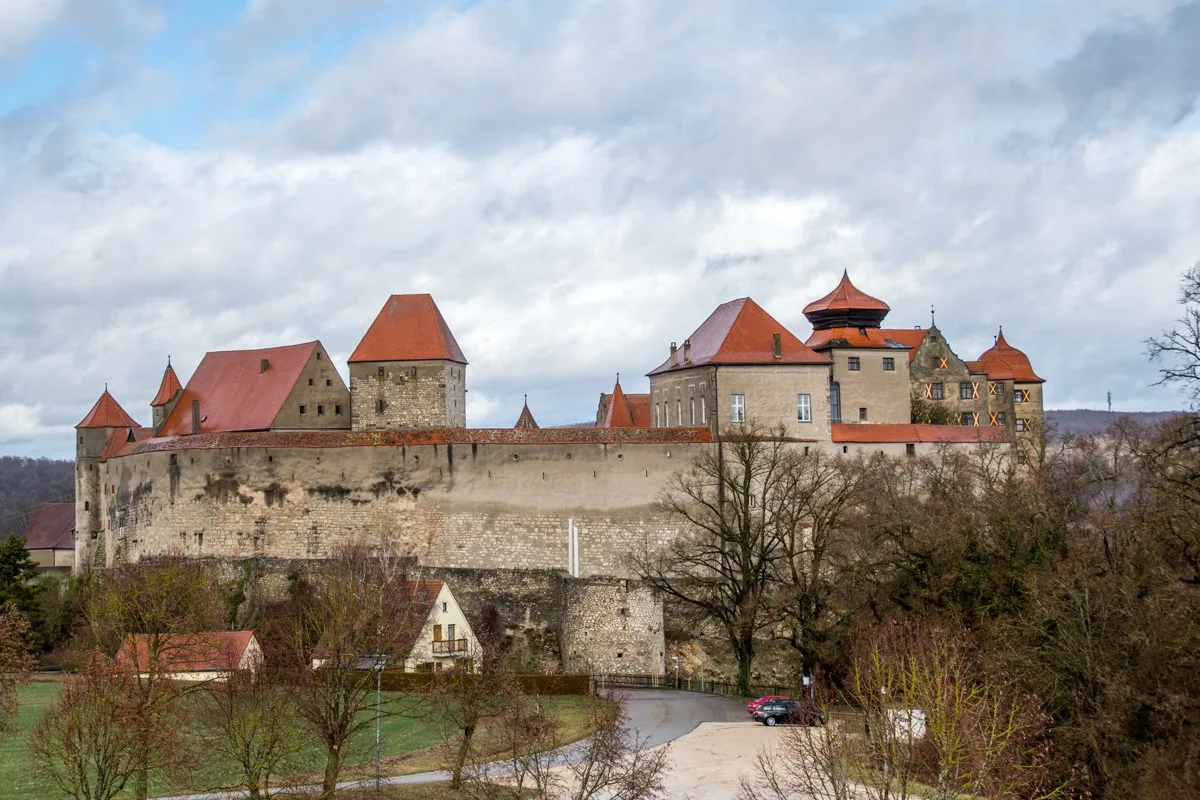
Donauwörth
The regional capital of Donauwörth is on the route for it’s historical importance, but not it’s beauty. Set at the intersection of the Wörnitz and the Danube rivers, this island city has been strategically significant since it was founded in the late 11th century.
Much of the city, particularly the main street of Reichsstrasse, feels like a poor reconstruction of a medieval town. For us, Donauworth just felt cold and impersonal. Be sure not to miss the pedestrian-only streets (Hindenburgstrasse) on the little island.
We don’t recommend staying overnight here, however, if the city is in your plans, the hotels in Donauworth tend to be a more inexpensive than elsewhere.
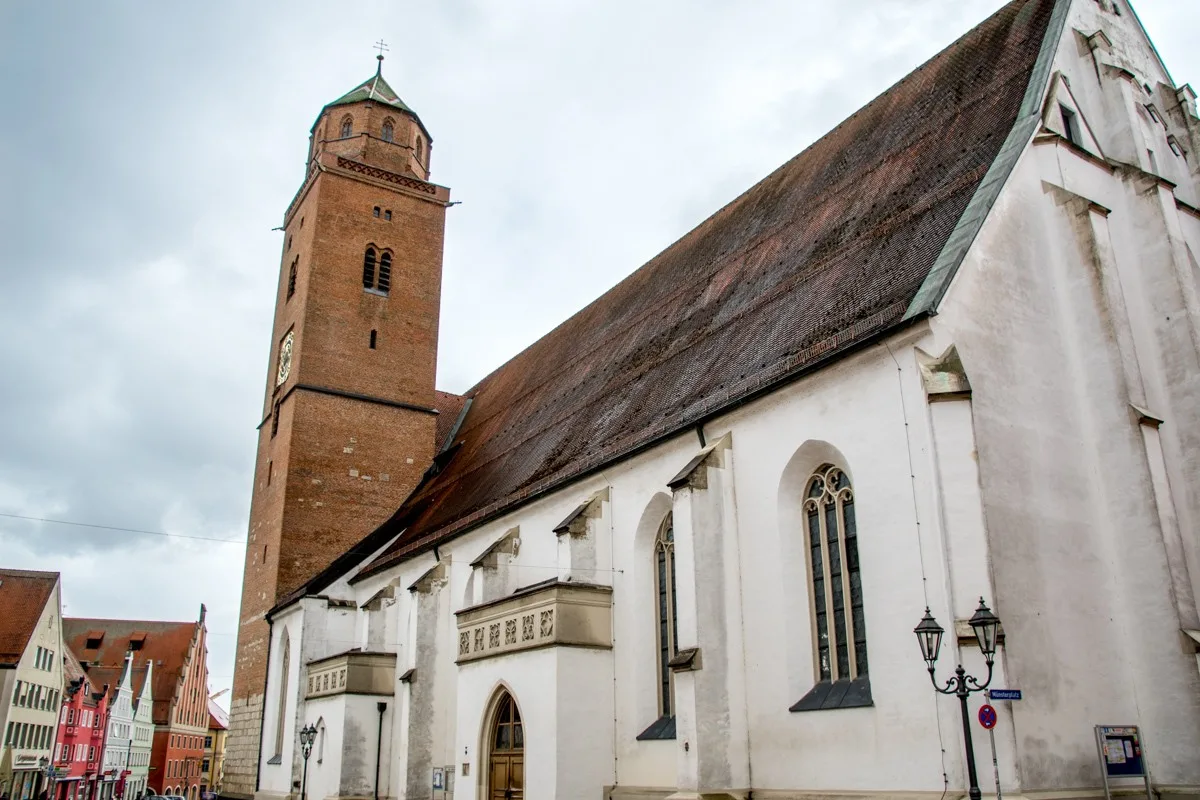
Augsburg
The Free Imperial City of Augsburg, Germany is one of the best towns in Bavaria and the third largest city in the region. At over 2,000 years old, Augsburg is one of Germany’s oldest cities and is steeped in a rich, complex history. Around every corner, the city is filled with incredible attractions, beautiful Rococo and Renaissance art, and amazing food.
Visitors should be sure to see the Fuggerei – a village-within-the city of Augsburg. Named for merchant Jakob Fugger, the 67 buildings of the Augsburg Fuggerei is the world’s oldest social collective. If you’re visiting, also be sure to see the Augsburg Cathedral
If you stay overnight in Augsburg, we recommend the centrally located Hotel Augusta or the super refined Hotel Maximilian’s. However, there a number of excellent hotels in Augsburg to chose from.
Andechs
Strictly speaking, the Andechs Monastery isn’t on the route…but it should be. At this hilltop monastery, the Benedictine monks have been keeping the faith…and brewing beer since 1455.
The Andechs Abbey, as beautiful as many on the road, is an original pilgrimage site from the crusades and is said to have a piece of the crown of thorns worn by Jesus. The famous composer Carl Orff is buried here. And, of course, you’ll have to take the monks up on their hospitality and try their beer and pork. [Read more about visiting Andechs Monastery.]
To visit, get off the road at Landsberg am Lech, head around the Ammersee to Andechs and then resume the Romantic Road drive at Hohenfurch. You won’t miss anything in between, and you’ll be able to visit the one of the best monasteries in Germany!
In terms of Andechs hotels, there are a couple of small inns in the nearby town. If you’re considering this option, we’d recommend the Bernhardhof Andechs.
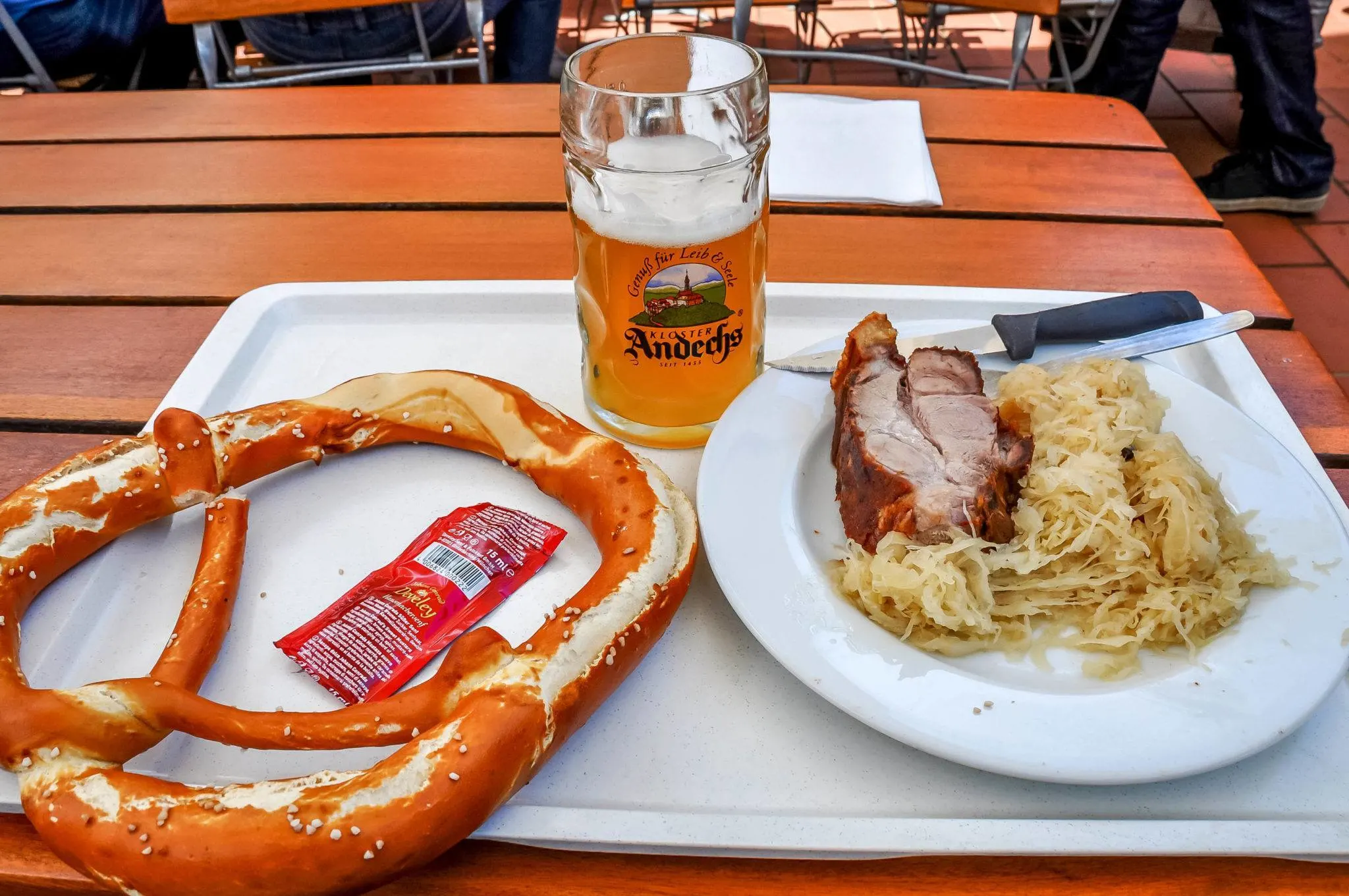
Schwangau/Neuschwanstein
The most iconic image of romantic Germany comes from tiny little Schwangau of the towering Neuschwanstein Castle above. This is Mad King Ludwig II’s unfinished masterpiece that inspired Walt Disney and also housed stolen art from France during the Nazi period. This is the quintessential “Romantic” building in Germany!
Füssen
The Romantic Road ends in tiny little Füssen, Germany. One of my fondest memories of my first trip to Europe over 20 years ago was coming to Füssen late one night in a terrible rain storm. I’d heard about this town and the famous Fussen violin industry. I left with an appreciation of Germany’s small towns and villages – a love affair that continues to this day. Many visitors to Southern Bavaria rush through Füssen en route to Neuschwanstein, but this little village captures the heart of all who stop.
Füssen has a number of hotels and B&Bs, making it a great place to stay at the southern end of the route. We recommend the very bold and eclectic Hotel Sonne or the clean and efficient Central City Hotel near the train station.
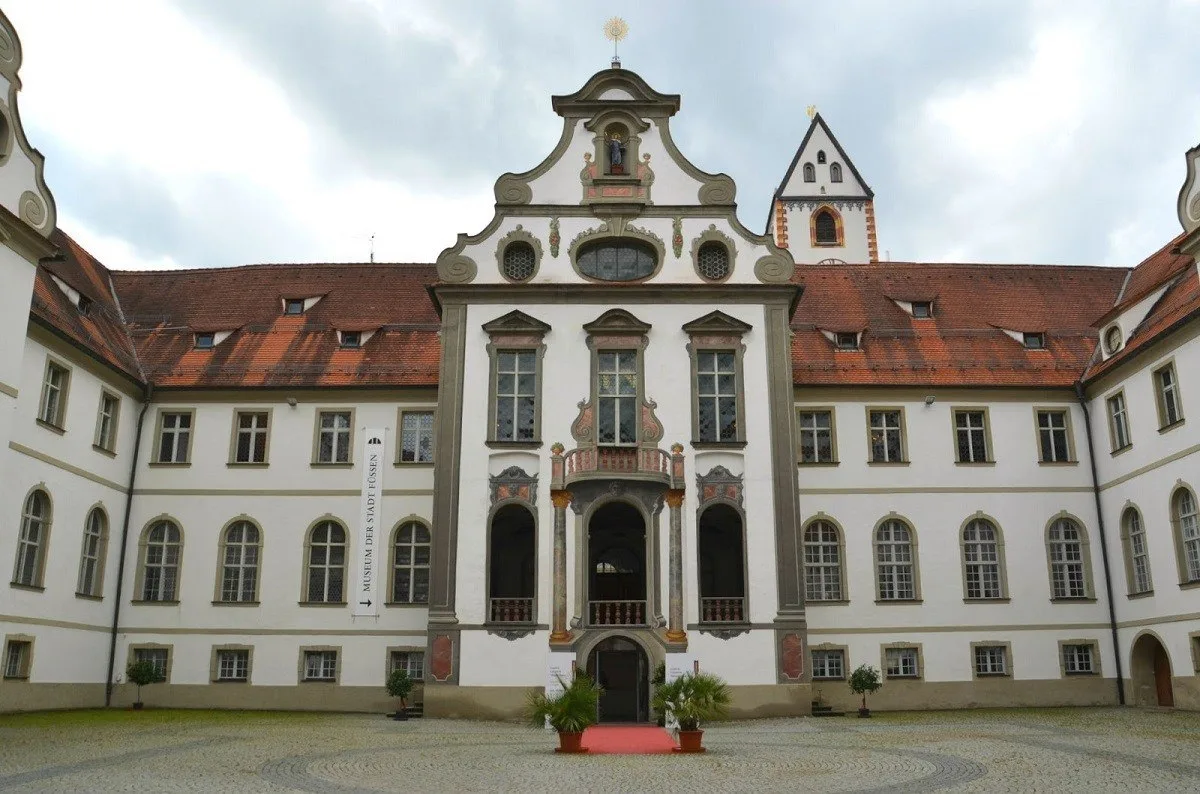
Romantic Road Day Trips
Since the route is located entirely within the German State of Bavaria and distances are not very far, it is possible to do important sections of the trip as a day trip from Nuremberg, Frankfurt, or Munich. If you’re short on time, we recommend renting a car in Germany, and head to explore on your own.
Day Trip from Nuremberg
Get an early start and head to Dinkelsbühl in the morning. Spend the morning exploring the town’s wall and half-timber buildings. Then head to Rothenburg ob der Tauber for lunch and sightseeing. Then head north for Wurzburg and a late afternoon wine or dinner before returning to Nuremberg. Note: If the Wurzburg Residenz is important to you, you should flip the order and do the town’s in the opposite order since the Residenz closes early.
Day Trip from Frankfurt
Get an early start and head for Wurzburg to see the old town and the Residenz. Then head to Rothenburg o. d. Tauber for lunch and sightseeing. In the late afternoon, head to Dinklesbuhl for a sunset walk along the city’s wall and a glass of wine in the central square (and maybe even dinner) before heading back to Frankfurt.
If you don’t feel like driving yourself, you might consider an organized day-trip from Frankfurt.
Day Trip from Munich
If you’re approaching from the south, you’ll have a few more challenges. The towns at the southern end are further apart, which means you’ll see fewer of them. Our approach is start with the best and keep going until you run out of time. Leave Munich early and head directly for Schwangau and the towering Neuschwanstein Castle. After, visit Fussen (the official end of the road), before heading north. We recommend stopping for an afternoon snack/drink at Andechs while heading to Augsburg. If you can squeeze in any more towns along the way, go for it.
If you don’t want to drive or you want to enjoy some of the beer at Andechs, consider an organized day-trip from Munich.
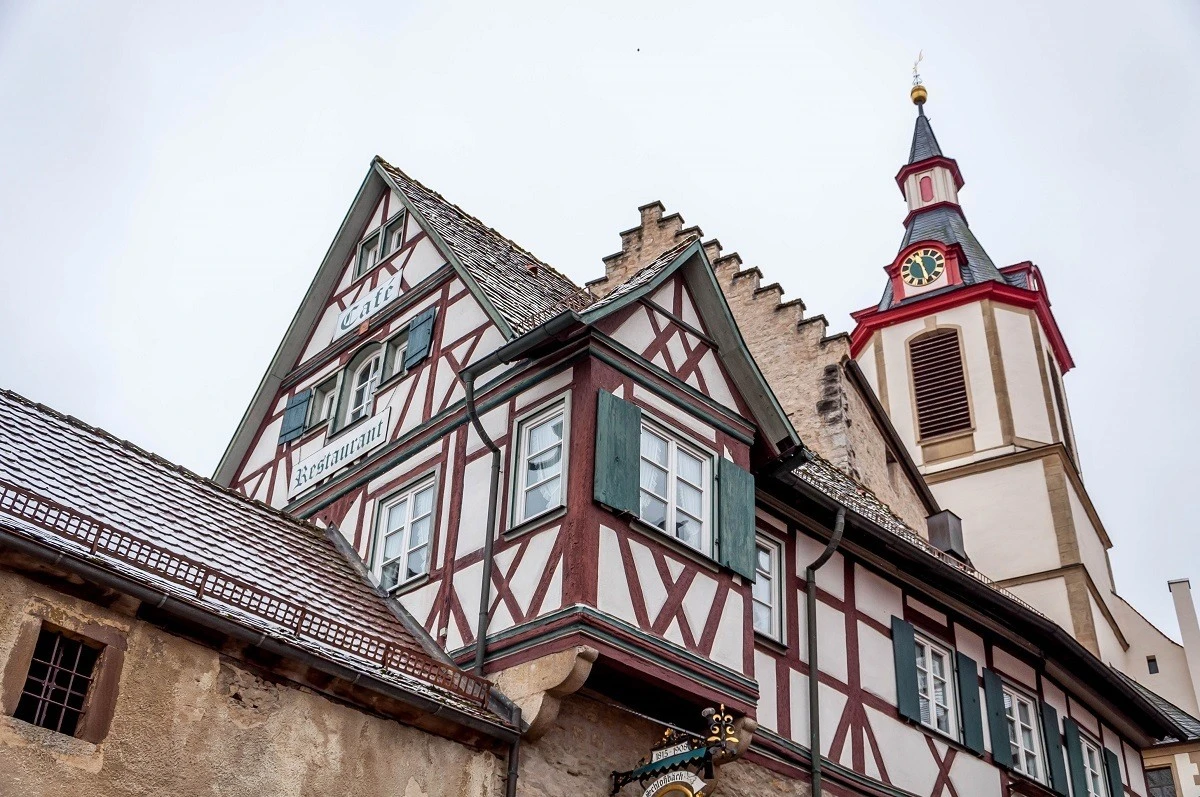
Suggested 5-day Romantic Road Itinerary by Car
If you’re going to follow in our footsteps and do a self-drive trip, we recommend spending five days on the route. Here’s our suggested itinerary. This can be shortened or lengthened depending on the amount of time you have.
Day 1: Explore Wurzbug
Spend the day seeing the Marienberg Fortress, the Prince Bishop’s Palace (the Wurzburg Residenz), and the Alte Mainbrucke. Enjoy the local Franconian wine in one of the cafe’s on the main square. Stay at one of the Wurzburg hotels, like the Schlosshotel Steinburg.
Day 2: Wurzburg to Rothenburg ob der Tauber
Leave Wurzburg in the morning and explore the Tuaber valley. Be sure to stop in Bad Mergentheim and Weikersheim before arriving in Rothenberg before dinner. Visit the Christmas museum, enjoy a schneeballen, and then take in the Nightwatchman Tour. Spend the night at one of the Rothenburg hotels, like the Villa Mittermeier.
Day 3: Rothenburg to Nördlingen
Take a leisurely day to drive through the villages of Schillingsfürst, Feuchtwangen, and Dinkelsbühl, before arriving in the diamond city of Nördlingen. Spend the night at one of the Nordlingen hotels, like the NH Klösterle Nördlingen.
Day 4: Nördlingen to Fussen
Visit the charming village of Donauwörth before arriving in Augsburg, the third largest city in Bavaria. In the afternoon, be sure you get to Steingaden for a visit to the Wieskirche (The Pilgrimage Church of Wies), a UNESCO World Heritage Site, before arriving in Fussen. Many visitors to Fussen rush on to the famous castles, but the town is worth exploring on its own. Enjoy an outdoor meal with views of the mountains. There are a number of excellent hotels and inns in Fussen, like the Hotel Sonne.
Day 5: Explore the German Royal Castles
Spend the entire day based around the tiny village of Schwangau and visit the Neuschwanstein Castle and its cousin the Hohenschwangau Castle. Allow a little time to hike in the mountains near the castles. In the evening, head on to one of the hotels in Munich.
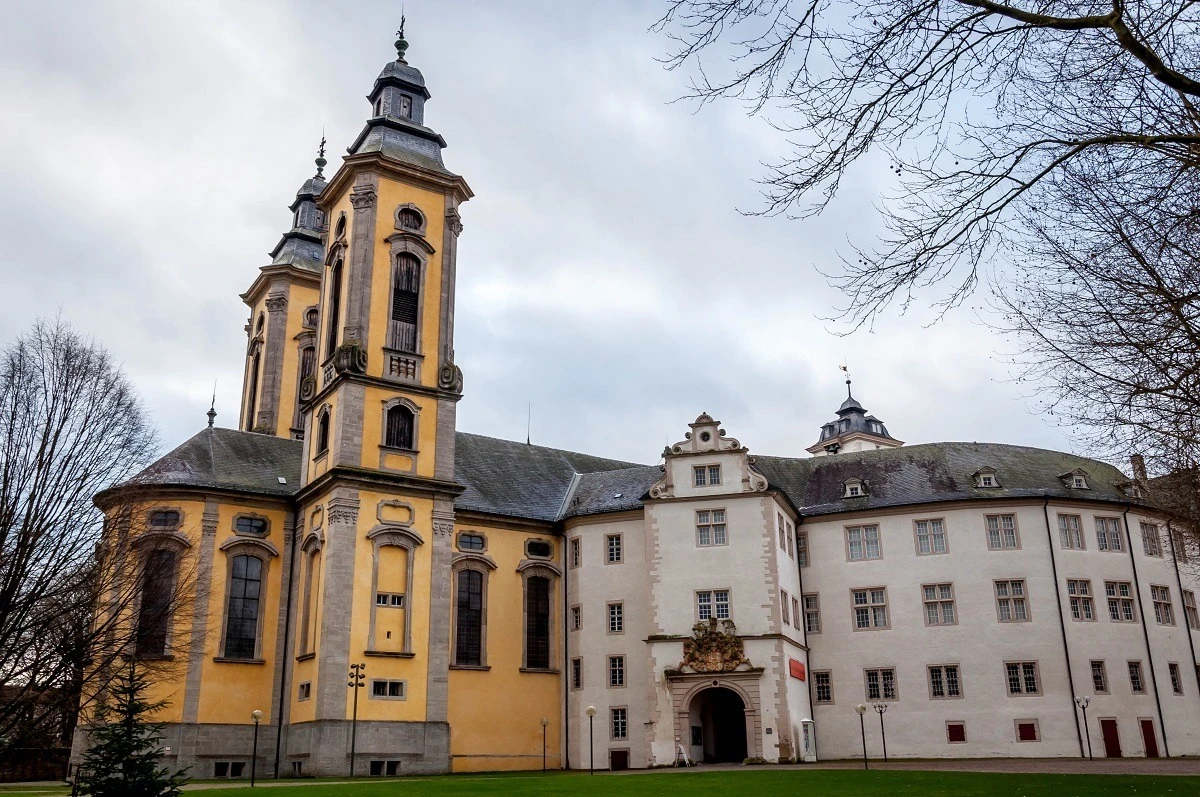
Romantic Road Cycling Itinerary
This trip is suited to cycling! The entire route is well signposted and some sections have a separate path to keep riders out of the path of traffic. Most cyclists generally ride from north to south (from Wurzburg to Fussen).
While there is a minor elevation gain in this direction, cyclists will not encounter any mountains or significant hills. The main reason for riding south is that the wind will be primarily at your back. One small suggestion, cyclists may want to plan an extra layover day in Rothenburg or Dinkelsbühl, the famous walled city in Germany.
We recommend doing the trip between 9-11 days:
- Day 1: Wurzburg to Wertheim am Main. 51km
- Day 2: Wertheim am Main to Bad Mergentheim. 47km
- Day 3: Bad Mergentheim to Rothenburg o.d. Tauber. 50km
- Day 4: Rest day in Rothenburg.
- Day 5: Rothenburg o.d. Tauber to Dinkelsbuhl. 59km
- Day 6: Dinkelsbuhl to Nordlingen. 38km
- Day 7: Nordlingen to Donauworth. 40km
- Day 8: Donauworth to Augsburg. 71km
- Day 9: Augsburg to Landsberg am Lech. 56km
- Day 10: Landsburg am Lech to Schongau. 36km
- Day 11: Schongau to Fussen. 52km
If you’re looking for a more leisurely pace, add in a second rest day in Augsburg. If you also add a day in Nuremberg at the beginning and a day in Munich at the end, this is the perfect two-week Romantic Road cycle trip.
Castle Hotels on the Romantic Road
While this Romantic Road guide has pointed out our recommended accommodations in each city and also our suggestions to see the route in five days, some travelers may want a more immersive experience. There’s really no better to connect with Germany’s Romantic period than staying in a castle hotel.
There are two good Romantic Road castle hotel options. The first is right in Wurzburg at the start of the trip and is a good base to begin your adventure. The second castle hotel is located just off the route and is between Rothenburg o.d. Tauber and Schillingsfürst. Here are more details on each:
Schlosshotel Steinburg in Wurzburg
Located in the Würzburger Stein vineyards, the Schlosshotel Steinburg castle hotel is the perfect way to set to a romantic and fairy-tale mood for the trip. The hotel has commanding views of the town of Wurzburg and the Main River. The hotel complex, while technically a castle, is more reminiscent of a country manor house. But make no mistake, this is one of the finest hotels in the area. The hotel’s restaurant features traditional Franconian meals and local wine. Read reviews and book a room here.
Burg Colmberg in Colmberg
The castle hotel in Colmberg is everything you’d think it would be. Situated in a medieval castle that was built in the 13th century located high on a hill, the Burg Colmberg exudes ambiance and charm around every corner. The hotel has about a dozen different rooms, each individually decorated to match the view. The evening meal in the restaurant is an experience visitors won’t want to miss. Locally sourced game and ingredients are prepared in the traditional Franconian style and served in a hunting lodge atmosphere. Read reviews and book a room here.
Have you traveled the Romantic Road before? What’s your favorite place on the route to visit?
Lance Longwell is a travel writer and photographer who has published Travel Addicts since 2008, making it one of the oldest travel blogs. He is a life-long traveler, having visited all 50 of the United States by the time he graduated high school. Lance has continued his adventures by visiting 70 countries on 5 continents – all in search of the world’s perfect sausage. He’s a passionate foodie and enjoys hot springs and cultural oddities. When he’s not traveling (or writing about travel), you’ll find him photographing his hometown of Philadelphia.


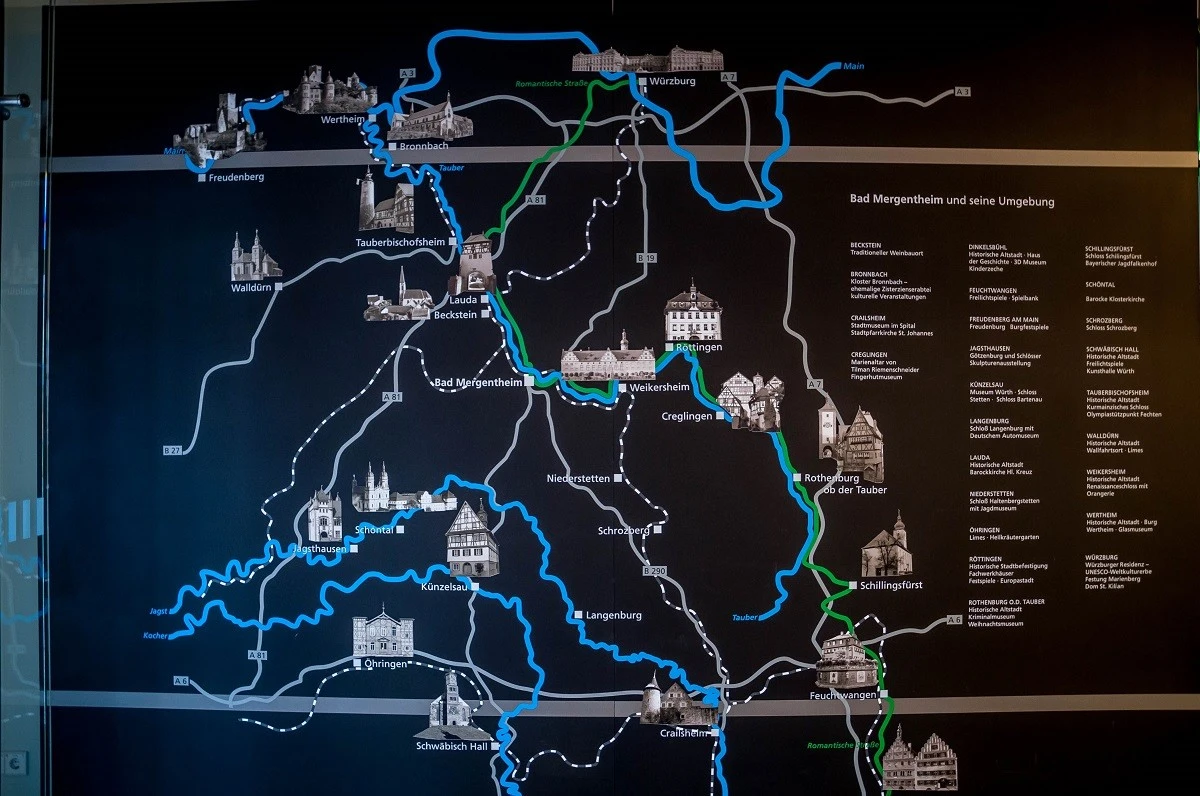
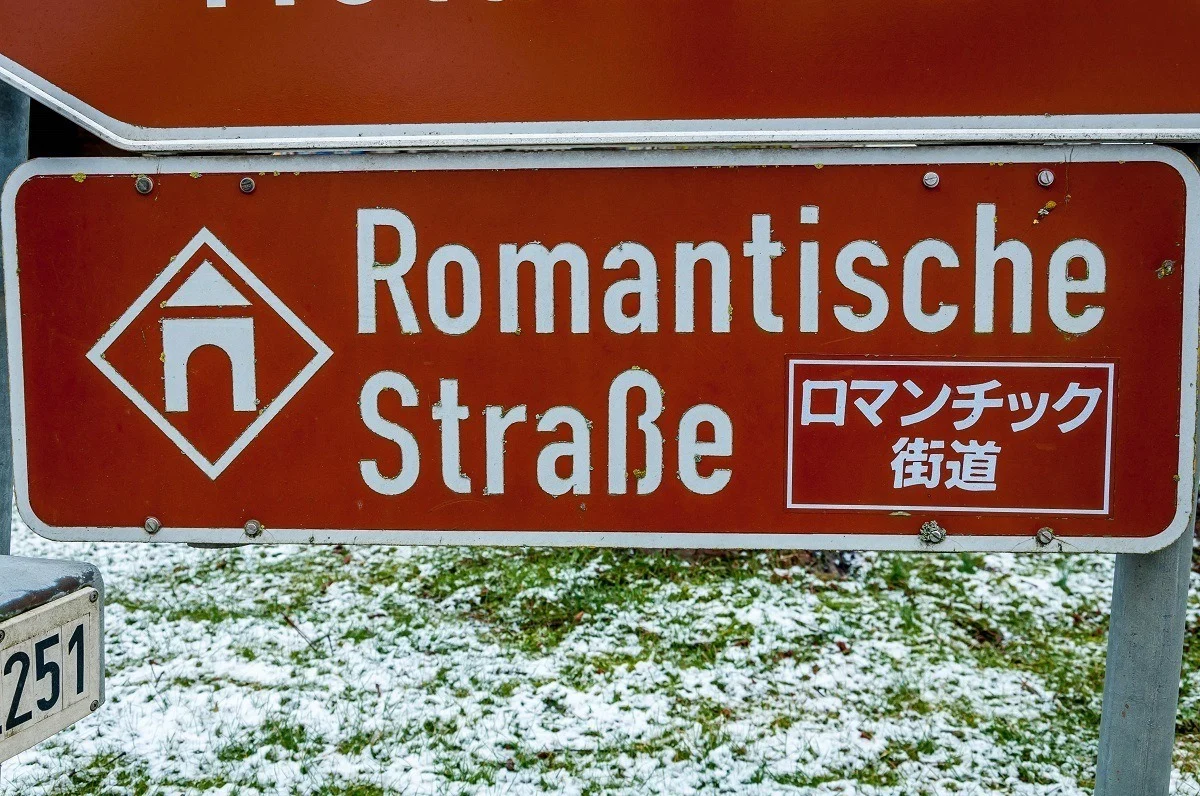
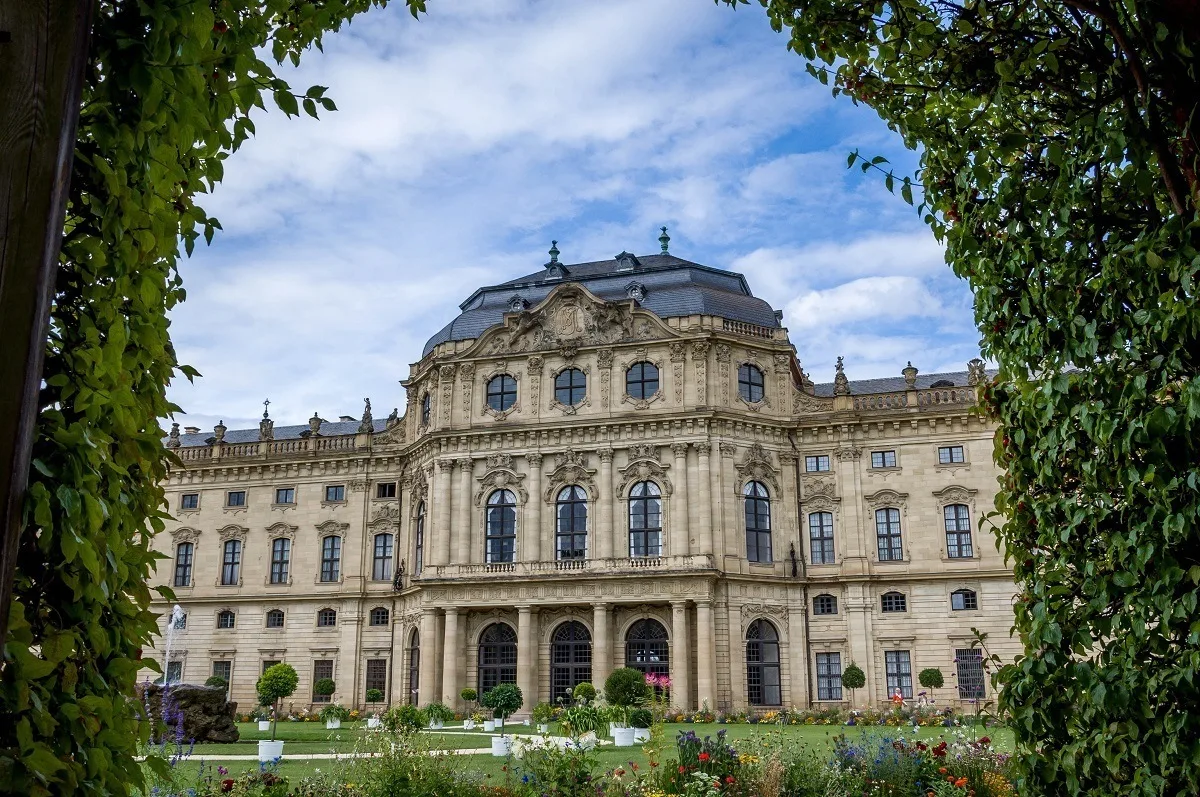
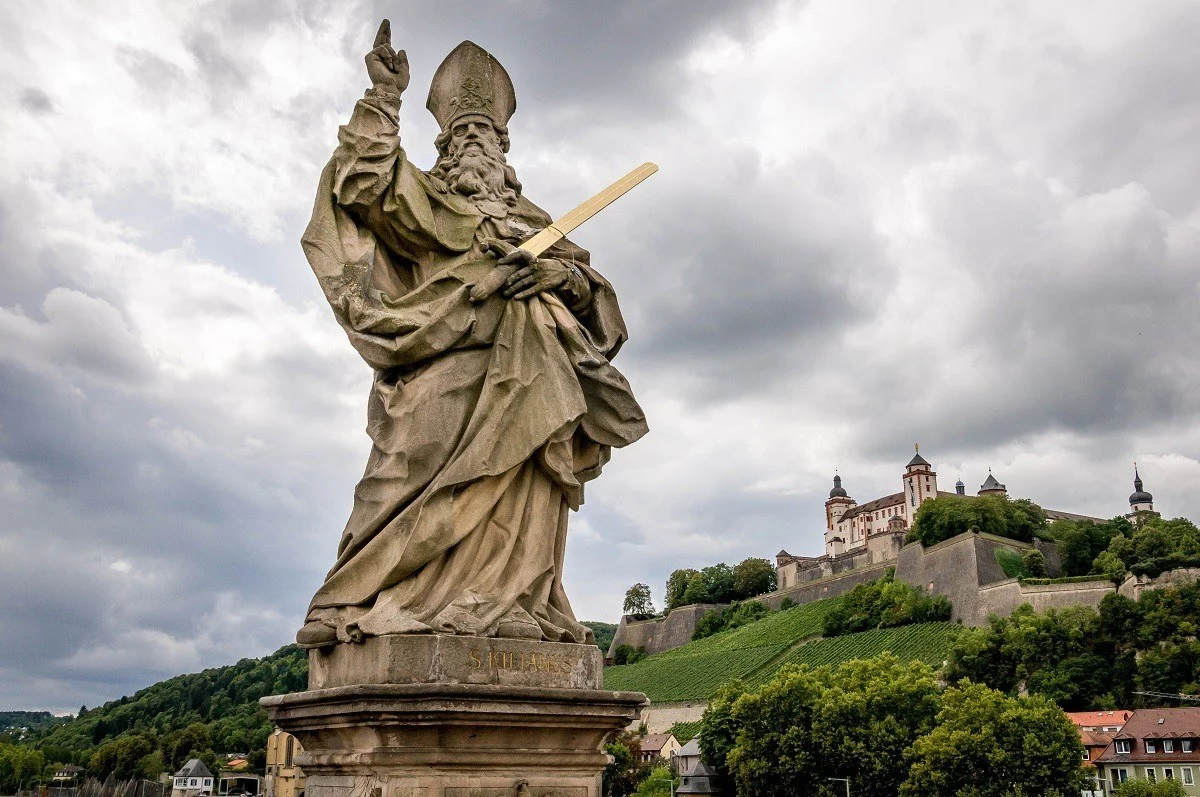
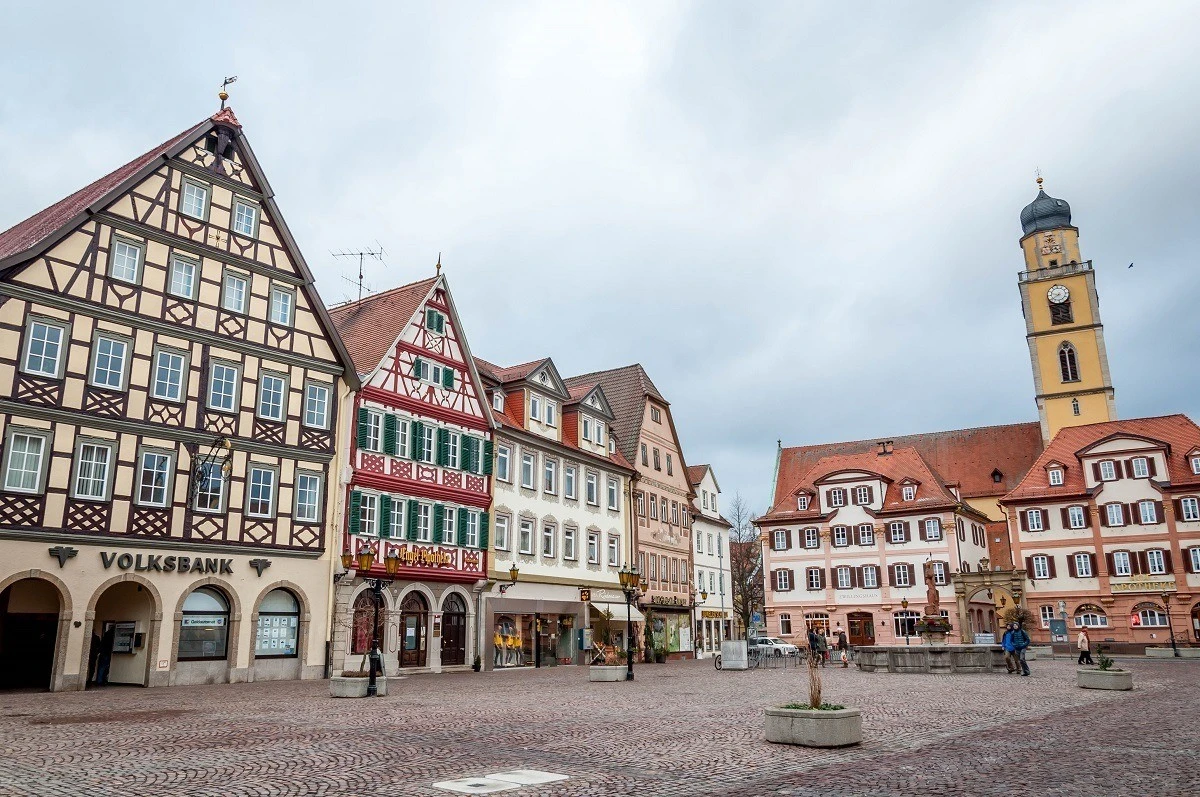
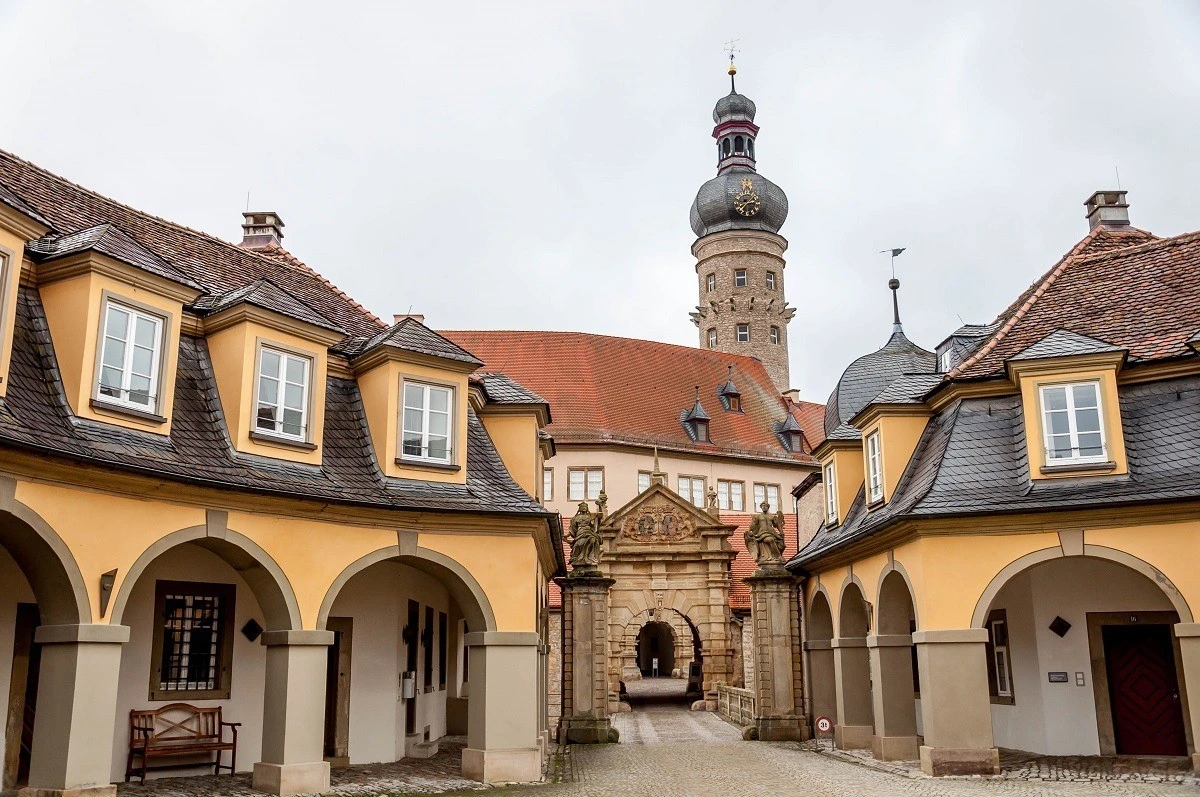
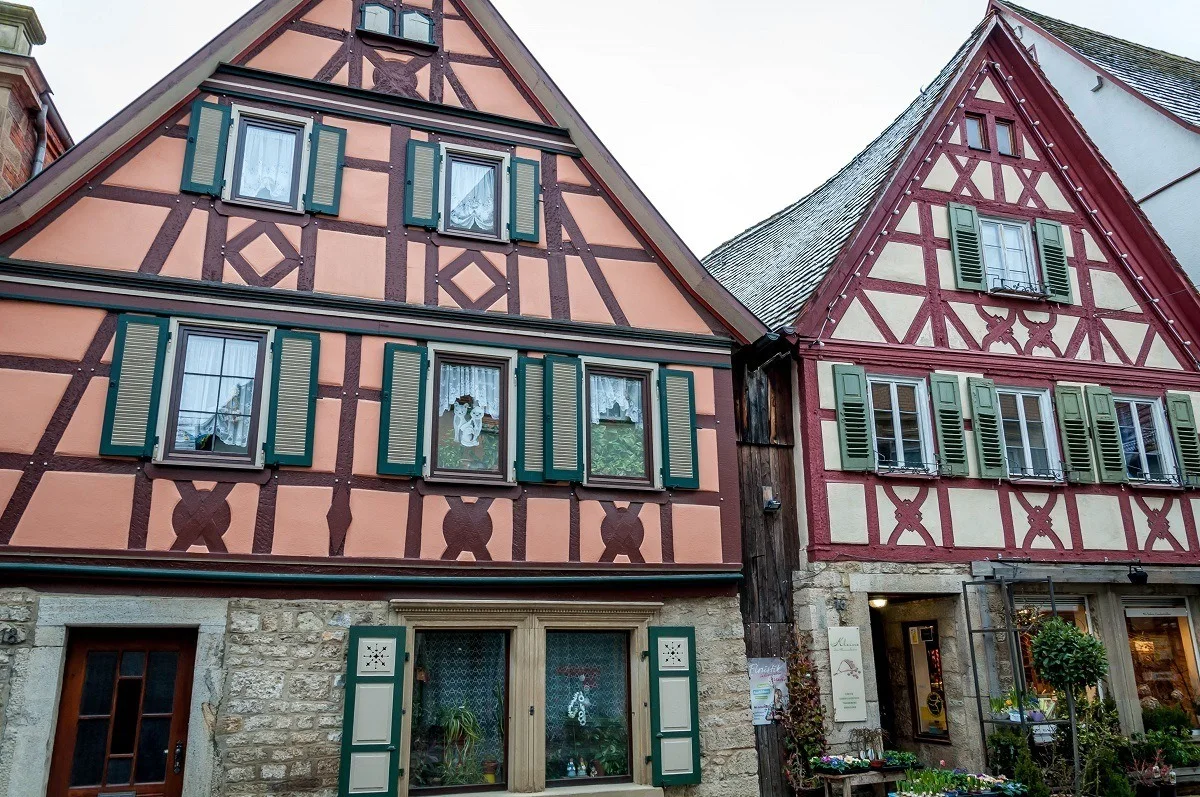
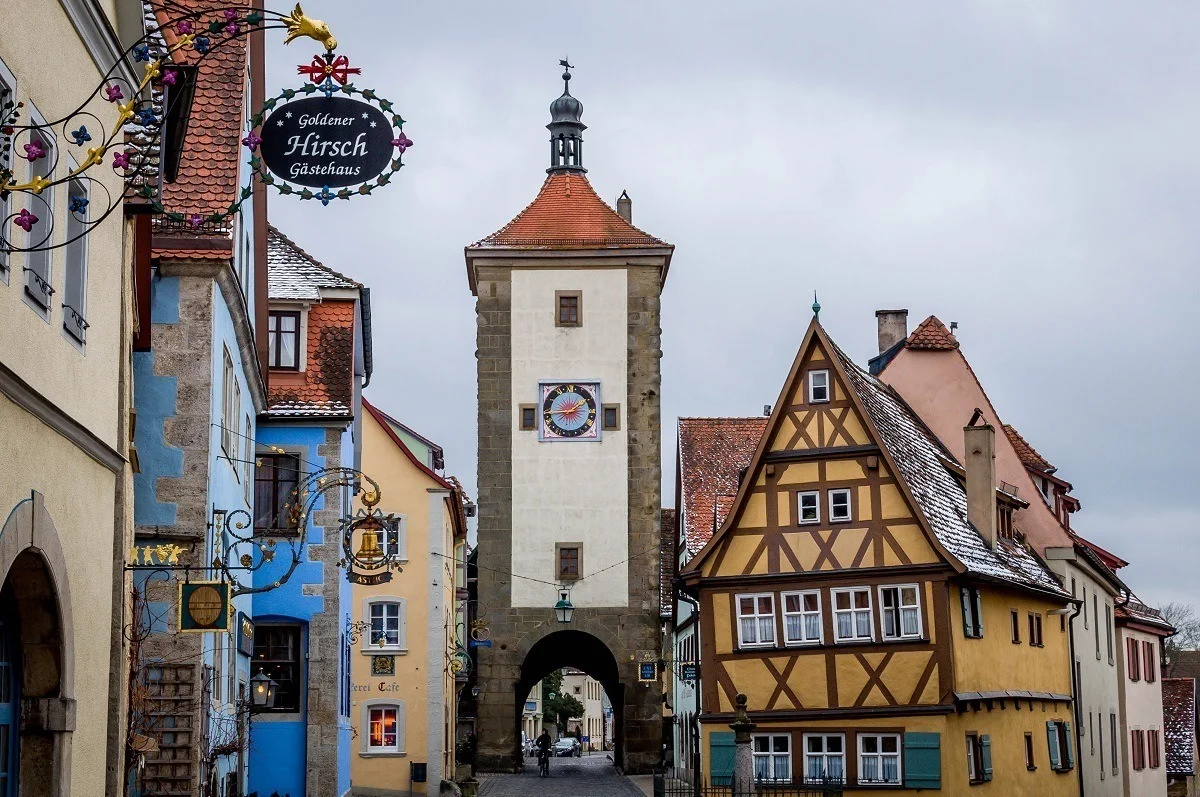
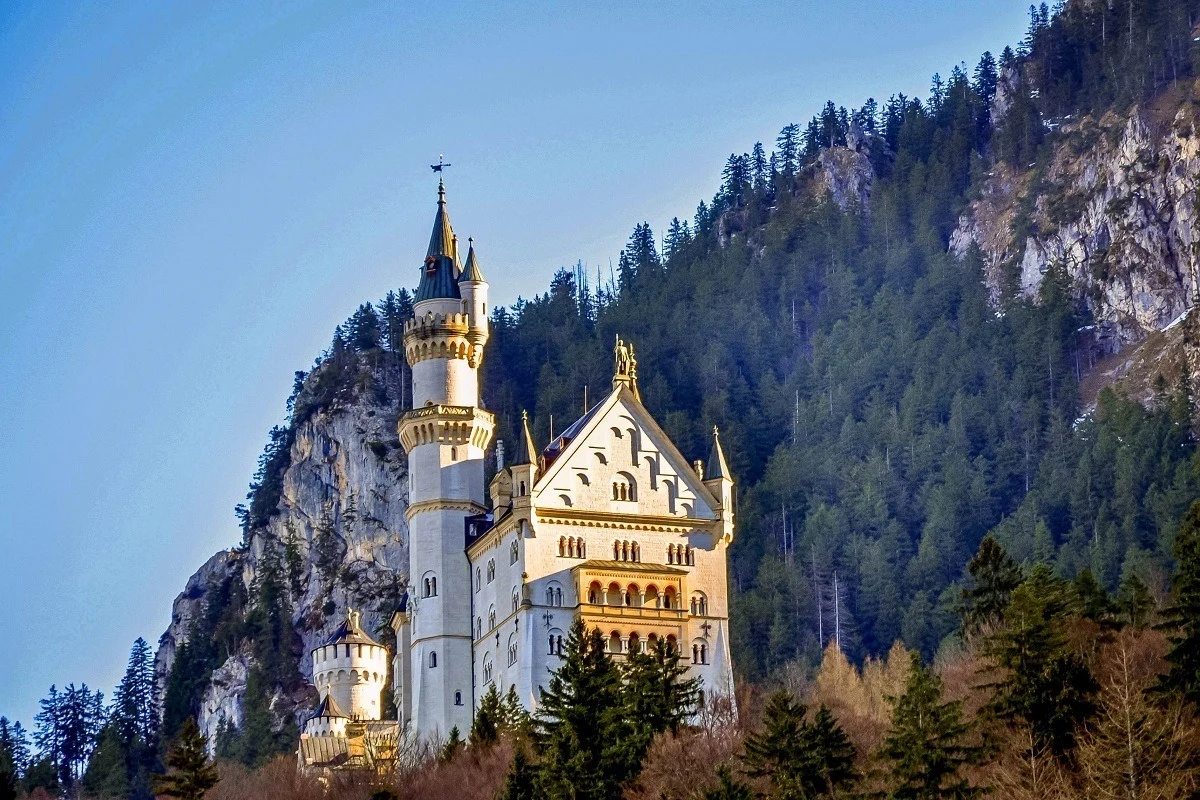
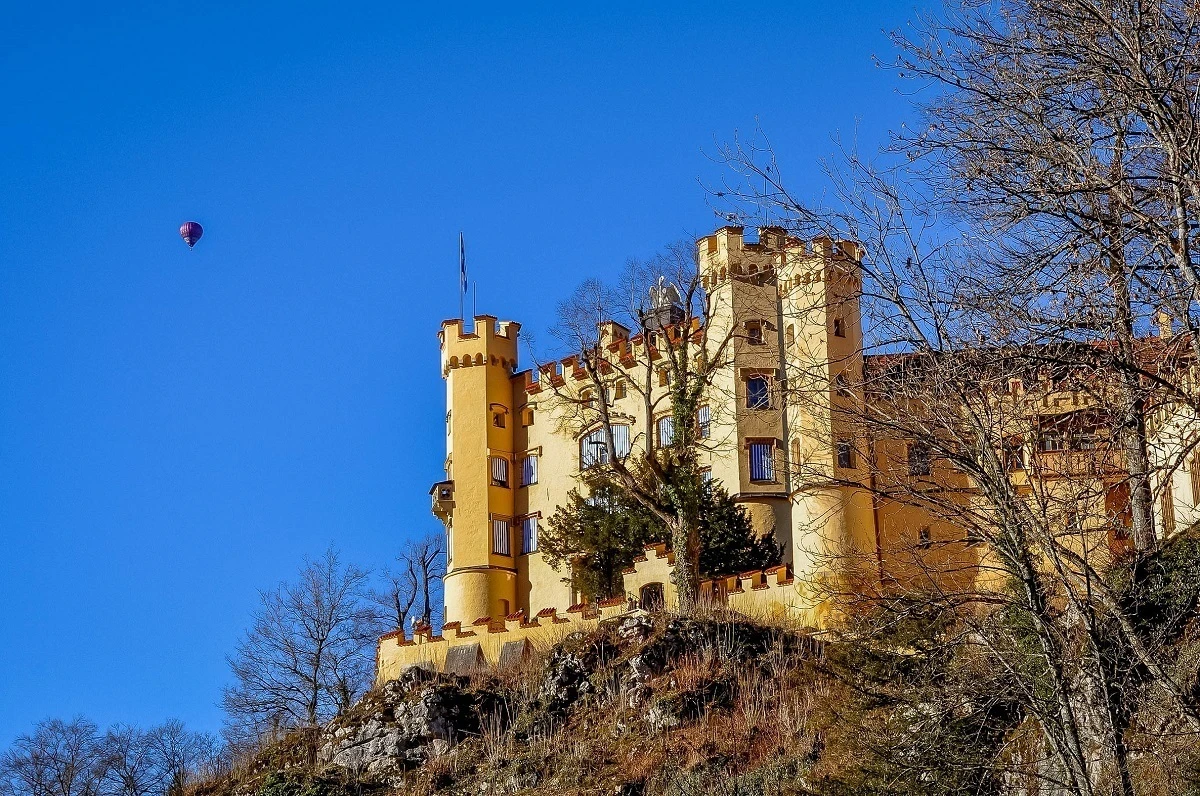
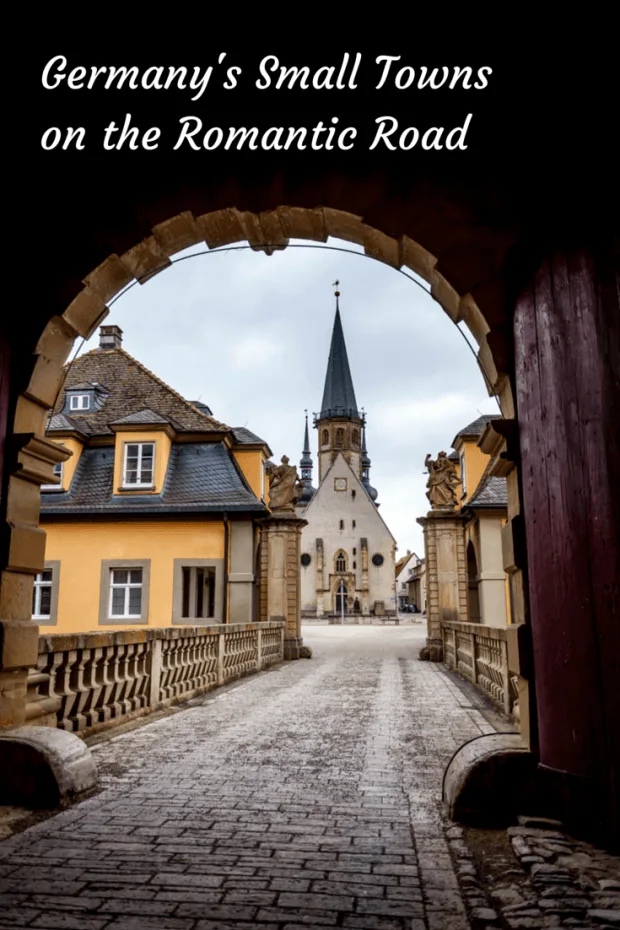
Chantal
Thursday 2nd of March 2023
Mille mercis the best informations I had found on Bavaria romantic road Excellent very helpful
Paula Trewin
Sunday 6th of September 2020
Andechs Monastery is exceptionally commercialised... not a monk in sight, merely tourists wanting large beers , pork and sausages and to queue for the shop. Huge camper van site by car park. The church is very pretty, views limited. I would not include this as a ‘must see’ on a trip as recommended.
Lance Longwell
Tuesday 8th of September 2020
"Exceptionally commercialized" is literally the definition of every brewery and beer garden in Germany. I think much of it also depends on when you go. Weekends are notoriously crowded as people flee the cities for the countryside. Weekdays and shoulder season are sparsely visited. Every time we've been, we've always seen monks (even had a chance to talk to one once). However, compared to some of the other breweries in Bavaria, I will contend that Andechs Brewery is the best and a truly exceptional experience. Of course, detouring to Andechs on the Romantic Road is purely optional. You can certainly continue driving along the rather unremarkable Bundesstraße 17 (or country road 17). Visitors miss nothing of interest on this section of motorway, making the Andechs Monastery detour a wise choice. But yes, don't expect the monks to invite you their cells for a private chat.
karleigh
Thursday 27th of July 2017
Many thanks for this highly informative article. Just arrived from a 2-week memorable countryside tour of the Romantic Road in Bavaria, and Heidelberg and Freiburg in the Schwarzwelder region of Baden-Wurttemberg. Stayed in Konigshofen, Burk and Gaisbach in Kunzelsau with friends in their old houses. So many interesting places and their historic significance. Must see are Merkendorf, Schwabisch Hall and the Hohenloher Freilandmuseum. Of particular interest to me were the old Lutheran churches, Franconian brauereis and authentic Bavarian food.
Bringbabyabroad
Sunday 2nd of July 2017
Thanks for such an informative article. I am planning the trip with my family and it has been very helpful :)
Lance Longwell
Tuesday 4th of July 2017
Glad we could help!
Jennifer
Thursday 18th of August 2016
So excited to be travelling the Romantic Road in October. Swoon!